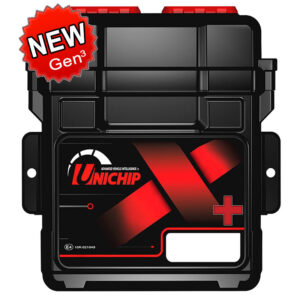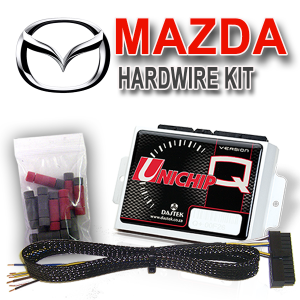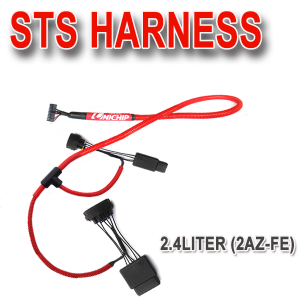How To… Diesel Common Rail
Diesel – Common Rail Fuel Systems
![]()
Example Vehicle: Nissan Navara
The Nissan Navara 2.5 TDI use a CR (common rail) fuel system. This means that a high pressure mechanical fuel pump will supply fuel to all injectors via a common fuel rail which is connected to all the injectors on the engine. The fuel rail have a fuel pressure sensor which is monitored by the ECU. The injectors are still electrically controlled by the ECU resulting in accurate fuel delivery directly into each cylinder, it is very similar to a fuel injected gasoline or petrol engine. Take a look a the picture below
Click on the image to enlarge
[singlepic id=51 w=320 h=240 float=center]
Any diesel mechanic knows that If we can get more fuel into the engine the vehicle will produce more power. Good news, with the Unichip there are two ways to do this.
- Lower the fuel pressure signal on the fuel rail which is monitored by the ECU.
- Keep the injectors open longer even after the ECU close the injectors using a XB injectors extender or an i-Driver
In this example we will use the first option which is to control the fuel pressure sensor signal with the Unichip. Here is how to do it.
Wire in the Unichip like normal see schematic NIS71Q (link coming soon). To control the fuel pressure we will take signal from the fuel pressure sensor in and out of the Unichip on the fuel map and run the signal back to the ECU. The load will be based on the pedal position sensor. Now all we have to do is put negative values in the map at high load (pedal a pressed to the floor). The ECU which is monitoring the fuel pressure will see that the fuel pressure is to low and increase it automatically. With the increased fuel rail pressure each cylinder will get more fuel resulting in an magnificent increased horsepower output.
Next you will have to reduce the response time from 100 to about 5 or 10. This will prevent the check engine light from being triggered because of fuel pressure spikes picked up by the ECU.
Click on the image to enlarge
[singlepic id=52 w=320 h=240 float=center]
These spikes is a result of sudden changes in the fuel sensor signal going to the ECU because in one area of the map you will lower the values and other areas you will have no changes (zero values). As an example if you are at full throttle and you take you foot of the accelerator pedal the ECU will see a spike because the values in the map will change from a -50 to 0. The response time will cause the signal to gradually change back from -50 to 0 giving the ECU time to adjust the fuel pressure back to normal. In other words, the signal coming out of the Unichip will be smooth and won’t have any sudden spikes in them.
If the response time is not enough to keep the engine light from coming on you can flip the fuel map by swapping the Min and Max values in the “Fuel Maps Setup” like you would in a upside down signal where the signal goes from high to low (normal signals go from low to high).
With the Min and Max values swapped adding values in the fuel map would lower the signal coming out of the ECU. Confused yet…? Using a oscilloscope will help to understand this as it will add the visual aspect.
Click on the image to enlarge
[singlepic id=53 w=320 h=240 float=center]
Next we will activate the Accel function under Extras > Accel 1. Here is the setup values used in a real world application:
- Add/Mulit = Multiply
- Swap = Checked
- Function = Accel
- Change = Fuel
- Lookup = TPS
- Max Change in map = 0
- Sensitivity to load = 80
- Back to std in = 33
- Off above = 5000 rpm
[singlepic id=54 w=320 h=240 float=center]
With the Unichip Accel function and the fuel map setup this way you should never get a check engine light because of sudden voltage changes causing the ECU to see higher than normal voltage spikes.
| Warning! Remember when tuning diesel engines you always needs to keep an eye on the EGT (Exhaust Gas Temperature). Mapping diesels without correct equipment is very dangerous! |
The Unichip is one of the most advanced piggy back systems in the world. More information can be found in the Unichip dealers Manual on page 404.
![]()




